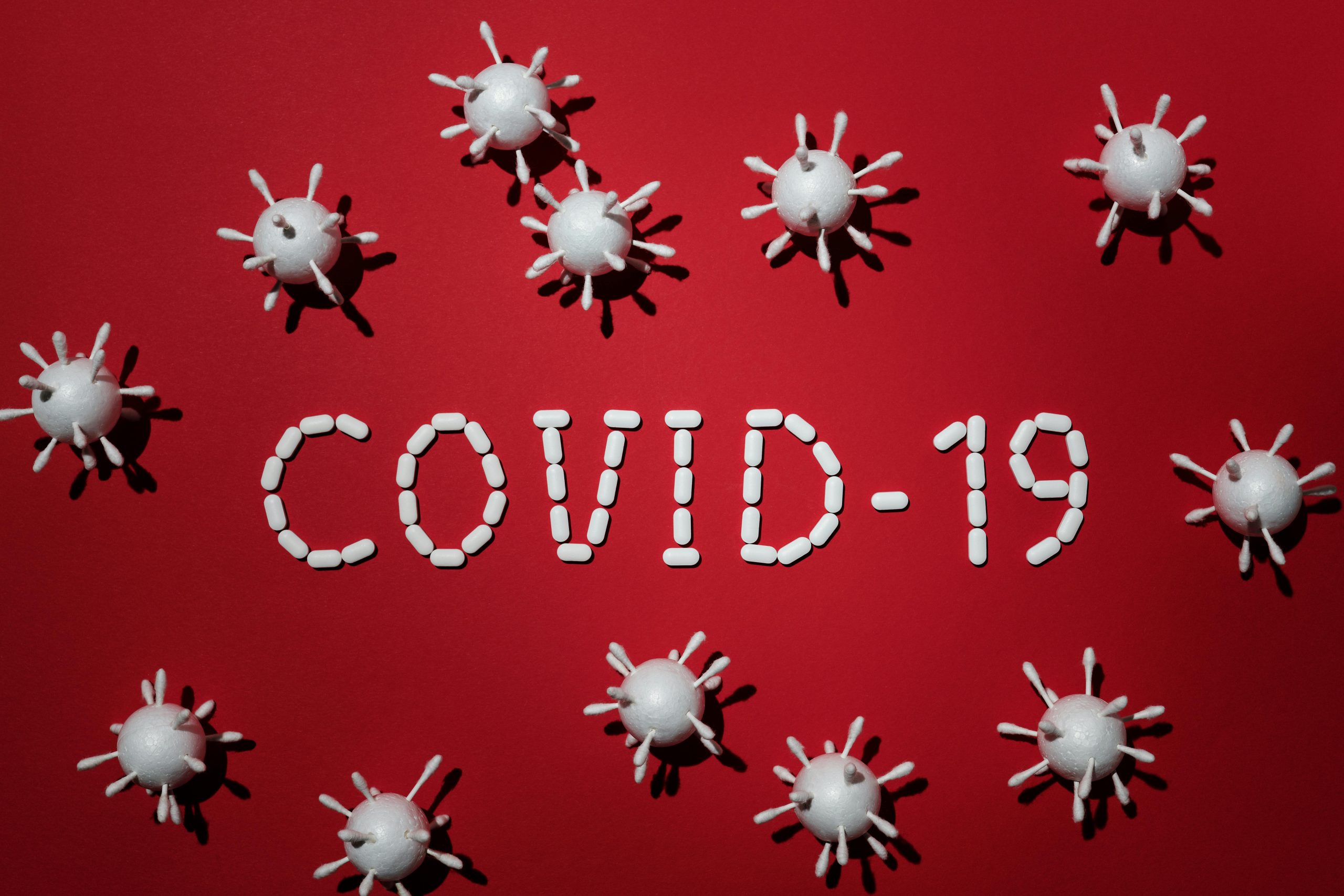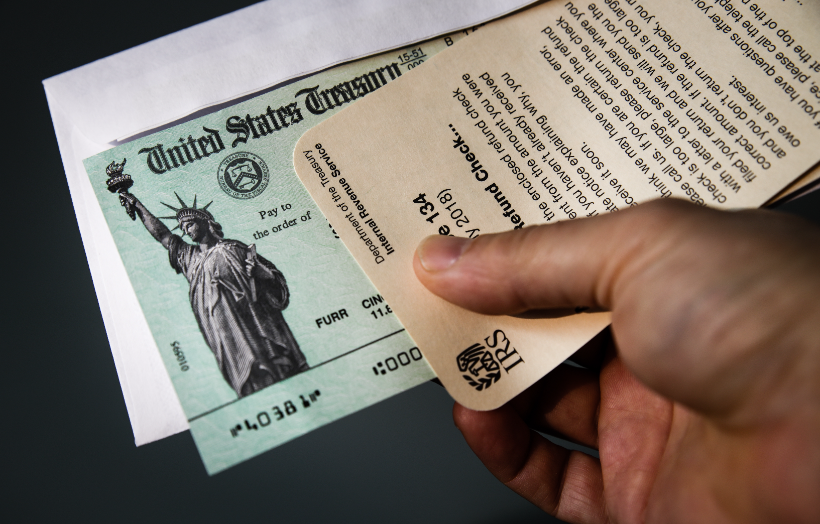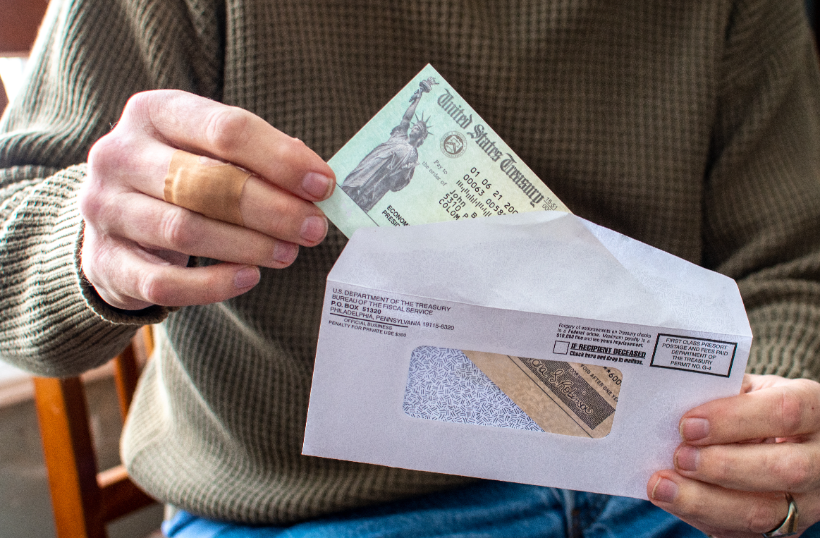Coronavirus Relief Stimulus Package: Information About Student Loan Aid
Published:What You Should Know About the Payment Suspension for Federal Student Loans
The Coronavirus Aid, Relief, and Economic Security Act (a.k.a. CARES Act) was signed into law by President Donald Trump on March 27, 2020.
This historic stimulus package allocates funds for a number of programs – including stimulus checks for many individuals, loan relief for small businesses and students, and expanded unemployment benefits – among other legislative changes.
This page provides information about the student loan relief program that is part of the CARES Act.
Automatic Payment Suspensions on Federal Student Loans
Student loan payments are automatically suspended for 6 months until September 30, 2020. This applies to student loans that are held by the federal government through the U.S. Department of Education.
Borrowers should expect to receive a notice that indicates what’s happening with their federal student loan. Note that you are encouraged to keep paying down your principal loan balance if you can, and in that case it’s recommended that you contact your lender to let them know.
If you are signed up for automatic payments on your student loan, your servicer will turn them off for you. In early August when the suspension period deadline gets closer, you will receive notices alerting you of the upcoming end date. Keep in mind that servicers can make mistakes, so check your account to make sure your loan is being paused and restarted correctly.
RELATED: $2 Trillion Coronavirus Relief Stimulus Package: Information About Stimulus Payments
Is My Student Loan Eligible?
Approximately 90% of student loans are qualified for COVID-19 stimulus relief under the CARES Act. If you have a “direct loan” from the federal government, then you are eligible to get the payment suspension. You can see if your loan qualifies by logging in to your account on the Federal Student Aid website. The listed owner of your student loan needs to be the U.S. Department of Education in order to qualify for the payment suspension.
The CARES Act relief program does not cover private student loans (which are held by private lenders such as Wells Fargo, Discover, and Sallie Mae), loans from state agencies, or older Federal Family Educational Loans (FFELs) that aren’t owned by the Department of Education. However, these lenders may be offering their own type of student loan assistance, so you should check with them if this applies to you.
Will Interest Still Be Charged on My Student Loan?
Interest will not accrue on your loan during the 6-month suspension period. Additionally, if you had unpaid interest from before the suspension period, it will not be added to the principal balance of your loan.
What If My Employer Pays for Some of My Educational Expenses?
Some employers offer to help with their employee’s educational costs as part of the company’s benefits program. Under the CARES Act, employers can offer up to $5,250 of financial assistance and it won’t count as part of their employee’s income. This new rule is effective from the date the bill was signed (March 27, 2020) until the end of the year (December 31, 2020).
RELATED: $2 Trillion Coronavirus Relief Stimulus Package – Information About Unemployment Benefits
Student Loan Debt Collection Suspended
The CARES Act also provides relief for approximately 9 million individuals who owe student loan debt. Through September 30, 2020, the federal government will not garnish your wages, Social Security benefits, or income tax refunds as collection for student loan debt.
RELATED: IRS Announces Extended Deadlines and New Legislation in Response to the Coronavirus Outbreak
No Student Loan Forgiveness
The Coronavirus stimulus package does not erase anyone’s student loan debt, but it does give a temporary break to most federal student loan borrowers.
Even though there is no direct loan forgiveness, you may be one of the millions of Americans who qualify to receive an economic stimulus payment from the federal government. For more information about looking up the status of your stimulus check, visit the “Check Payment Status” page.



